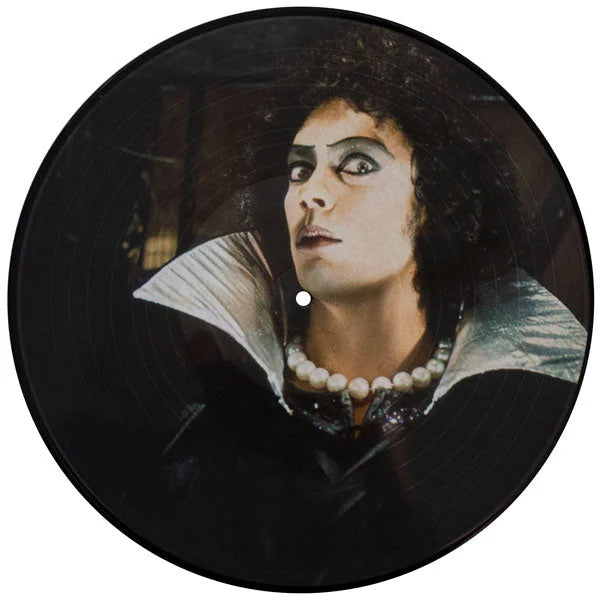Vinyl records have traveled a fascinating journey from dominance to near extinction and back to cultural prominence. Once the gold standard of music listening, they gave way to cassettes, CDs, and digital streaming before reemerging as a beloved format. Today, vinyl appeals to collectors, audiophiles, and younger generations seeking authenticity, rich sound, and a tangible connection to music. This revival showcases vinyl’s distinctive ability to blend nostalgia with contemporary musical appreciation.
The History and Comeback of Vinyl Records
The Rise and Fall of Vinyl Records
In the golden age of music, vinyl records were the epitome of audio technology, cherished for their rich sound and tangible presence. They weren't just music carriers; they were works of art, symbols of cultural identity, and cornerstones of home entertainment. This era saw vinyl becoming the heart of music collections worldwide. However, with the advent of newer, more portable formats like cassettes and CDs, vinyl's prominence began to weaken. By the late 20th century, vinyl was perceived as a relic of the past, overshadowed by the convenience of digital media.
Digital Era
The transition into the digital era marked a significant shift in how people consumed music. With the introduction of MP3s and streaming services, music became more accessible than ever before. This convenience, however, came at a cost. The tactile experience of handling a record, the ritual of playing it, and the large album artwork, all integral parts of the vinyl experience, were lost. As a result, vinyl records saw a dramatic decline in sales and production, with many assuming they would soon become extinct in the face of digital music's dominance.
The Surprising Resurgence of Vinyl Records
Against all odds, the 21st century witnessed a vinyl comeback. This resurgence wasn't a fleeting trend but a steadily growing movement. Music enthusiasts, disillusioned by the ephemeral nature of digital music, started gravitating back to vinyl. Record stores, once on the point of closure, began to see a renewed interest in their vinyl sections.
Timeline of Vinyl's Comeback in the Digital Age
The vinyl comeback in the digital age is a story of gradual resurgence and growing passion. Initially perceived as a nostalgic novelty, vinyl records have reclaimed their status as a beloved music format. This journey, marked by key milestones, illustrates how vinyl transcended its vintage roots to become a modern-day icon in music.
- Early 2000s: The resurgence starts quietly, with collectors and audiophiles leading the revival.
- Mid-2000s: Sales at the vinyl records shop see a significant uptick, signaling growing public interest.
- Late 2000s: Major music releases increasingly include vinyl formats, acknowledging the format's growing market.
- 2010s: The vinyl resurgence enters full swing, becoming a mainstream phenomenon.
This timeline underscores that vinyl's return is not just about nostalgia. Instead, it represents a deeper, more enduring appeal. Vinyl records, in the age of digital music, have managed to carve out a unique and lasting place in the hearts of music enthusiasts. Their journey from near-obsolescence to a celebrated comeback highlights vinyl's timeless charm and the enduring desire for tangible, immersive music experiences.
Consumer Experience and Appeal
The sensory and experiential aspects of vinyl records that appeal to consumers include sound quality, physical interaction, and visual aesthetics.
The Tangible Appeal of Vinyl in a Digital World
In an age where digital streaming dominates, the appeal of vinyl records shines through their physicality. Vinyl offers a tangible connection to music, a quality deeply missed in digital formats. Fans cherish the experience of flipping through records at a store, the weight of the vinyl in their hands, and the ritual of placing the needle on the record. This hands-on interaction creates a bond between the listener and the music, making each album a prized possession rather than just a series of files on a device.
Vinyl's Unique Audio Quality
One of the most compelling reasons for the vinyl resurgence is its distinct sound quality. Vinyl enthusiasts often describe the sound as warmer and more authentic than digital recordings. The analog nature of vinyl captures the full breadth of the audio, providing a richness and depth that many argue is lost in digital compression. This unique auditory experience is not just about nostalgia; it's about appreciating the full spectrum of sound that artists intended.
The Cultural and Nostalgic Value of Vinyl
Vinyl records hold immense cultural and nostalgic significance. They produce memories and feelings from past eras, connecting listeners to the history of music and its evolution. For some, vinyl takes them back to their youth, to moments shared around a record player. For others, it's about discovering the music of previous generations. This nostalgic aspect, coupled with the cultural significance of iconic album covers and limited editions, adds a sentimental value to vinyl that goes beyond mere music listening.
Vinyl as a Symbol of Music Authenticity
In contemporary culture, vinyl has emerged as a symbol of authenticity in music. Vinyl collectors and enthusiasts often view vinyl as a more genuine way to experience music, untouched by the digital manipulation prevalent in modern recordings. This authenticity is about the entire experience, from the artwork to the liner notes, which provides a deeper understanding of the artist's vision. Vinyl records represent a holistic approach to music consumption, where the artistry and craftsmanship are as important as the music itself.
Each of these aspects contributes to the enduring popularity of vinyl records. They offer a unique blend of tactile pleasure, exceptional sound quality, cultural richness, and a sense of authenticity that digital formats struggle to match. This combination is why vinyl records have not only survived the digital age but have thrived in it.
The Physical Experience of Vinyl
Engaging with vinyl records transcends mere listening; it's a ritualistic experience. The process of selecting a record, carefully removing it from its sleeve, and placing it on the turntable involves a level of interaction absent in digital formats. This ritual creates a sense of anticipation and reverence for the music. It's a deliberate act that enhances the listener's connection to the album, making each play a special event. This physical interaction with music is a key factor in vinyl's enduring charm.
The presentation of vinyl records, especially the album artwork, is an essential part of their charm. Unlike the small images on digital platforms, vinyl album covers are large and tangible, often considered works of art in their own right. They provide a visual storytelling element that complements the music, offering fans a deeper insight into the artist's vision. Collectors and enthusiasts often display their favorite albums as part of their home decor, showcasing their personal taste and love for music.
Collecting vinyl is a sensory-rich experience. It involves more than just acquiring music; it's about the feel of the record, the visual appeal of the album art, and even the distinct smell of vinyl. For collectors, each record is a unique piece, with its own story and character. Browsing through a vinyl record shop, discovering hidden gems, or finding a long-sought-after album adds to the thrill of collecting. This sensory journey is a key part of what makes vinyl collecting so fulfilling. The contrast between vinyl records and digital music forms a fascinating study of how we experience music. Each format offers unique benefits, shaping the way listeners interact with and appreciate music.
- Convenience: Digital music wins on convenience and portability, allowing listeners to enjoy music anytime, anywhere.
- Engagement: Vinyl demands more engagement, from handling the record to operating the turntable.
- Listening Environment: Vinyl is often paired with high-quality audio setups, creating an immersive listening space.
- Music Quality: While digital tracks are crisp, vinyl is praised for its warm, authentic sound.
- Interaction: Digital music can be passively enjoyed, whereas vinyl requires active participation for playback.
This comparison explains why vinyl holds a special place in the hearts of many. In a world where convenience often reigns supreme, vinyl stands out by offering a rich, hands-on music experience. It’s this blend of physical interaction, sound quality, and the ritual of playing a record that keeps vinyl cherished in the digital era.
Cultural and Social Influences
Cultural events, social movements, and community-driven initiatives like Record Store Day have played a role in bringing vinyl records back into the mainstream. Vinyl record shops have been instrumental in the vinyl revival. These spaces are cultural hubs where enthusiasts gather, share, and discover music. Shop owners, often avid collectors themselves, curate a diverse selection of records, offering both popular and obscure titles. Their knowledge and passion for vinyl create a welcoming environment for both seasoned collectors and newcomers. The resurgence of these shops across cities globally is a testament to vinyl's revived popularity and its crucial role in sustaining this trend.
Record shops serve as essential venues for music discovery. Unlike online algorithms that suggest music based on past listening habits, record shops provide a human touch, offering personalized recommendations and unexpected finds. The tactile experience of browsing through bins, coupled with the opportunity to listen to records on-site, makes these shops a treasure trove for music lovers. They foster a sense of community and connection, bridging the gap between generations of music fans.
Vinyl culture thrives on community engagement. Record shops often host events such as album launches, artist meet-and-greets, and listening parties, bringing together people with shared musical interests. This community aspect extends to local record fairs, swap meets, and online forums where collectors and enthusiasts discuss and trade records. Such interactions enrich the vinyl experience, creating a vibrant community united by a love for records. Collecting vinyl is inherently a social activity. It encourages conversations about music history, artists, and personal music preferences. In record shops, people often find themselves engaged in discussions with strangers, bonding over shared musical tastes. This social dimension of vinyl collecting extends beyond the stores, with collectors often connecting over social media and dedicated online communities to share their finds, experiences, and knowledge about vinyl.
The Collector's Market for Vinyl
The market for rare vinyl records has seen remarkable growth in recent years. Collectors and enthusiasts are constantly on the hunt for unique, limited edition releases, often willing to invest significantly in these treasures. This niche market thrives on the rarity and historical significance of certain records, turning vinyl collecting into a passionate pursuit. The allure of owning a piece of musical history, whether it's a rare press, a discontinued album, or a record associated with a significant event in music history, drives this fervent interest.
Economic and Industry Impact
The effects of the vinyl revival on the music industry and economy include the resurgence of independent record stores, manufacturing challenges, and changes in sales patterns. The economics of vinyl collecting are equally fascinating, with the market behaving much like fine art or vintage wines. Prices for rare and sought-after vinyl can skyrocket, often influenced by factors like the album's condition, its cultural significance, and scarcity. This aspect adds another layer of excitement to vinyl collecting, as enthusiasts not only appreciate the music but also the potential investment value of their collections.
Online Marketplaces for Buying and Selling Vinyl
Online marketplaces have revolutionized the way people buy vinyl records online. These platforms have made it easier for collectors to find specific albums, compare prices, and connect with sellers worldwide. This accessibility has broadened the scope of vinyl collecting, allowing enthusiasts to acquire records that were previously out of reach due to geographical limitations. The ease of buying and selling online has contributed significantly to the vinyl boom, connecting a global community of collectors.
Navigating the world of vinyl collectors can be both exciting and daunting. For newcomers, learning about various pressings, understanding grading systems, and knowing where to buy records online are essential skills. For seasoned collectors, the challenge lies in finding rare pieces and authenticating their authenticity. This aspect of vinyl collecting is not just about acquisition; it's about building knowledge, understanding history, and developing a keen eye for quality and rarity.
The collector's market for vinyl is a dynamic and ever-evolving aspect of the music world. It encompasses the thrill of the hunt, the intricacies of market dynamics, the convenience of online trading, and the depth of knowledge required to navigate this space. This market is not just about music; it's about culture, history, and the enduring appeal of vinyl as a collectible item.
Modern Advancements in Vinyl Production
The manufacturing of modern vinyl records has benefited immensely from technological advancements. New cutting-edge techniques in the production process have enhanced the sound quality and durability of vinyl records. These innovations include improved mastering processes, high-quality materials for record pressing, and advanced machinery that ensures greater precision. These advancements are not just about maintaining the vintage charm of vinyl; they're about elevating the overall listening experience to meet modern audiophile standards.
With the resurgence of vinyl, there's been a significant increase in the accessibility of vinyl records. Modern pressing plants have scaled up production to meet the growing demand, making vinyl more readily available than in previous decades. This increased production has also led to a broader range of music being available on vinyl, from current chart-toppers to indie releases. The ease of finding and purchasing vinyl, whether in physical stores or through platforms to buy vinyl records online, has played a crucial role in introducing a new generation to the vinyl experience.
Modern vinyl records represent an evolution in quality and durability. Advances in materials and manufacturing processes have resulted in records that are less prone to warping and scratching, common issues with older vinyl. This improvement in quality ensures that vinyl records can be enjoyed for longer periods, preserving both the music and the physical integrity of the record. Such enhancements have made vinyl a more viable option for everyday listening, not just for collectors.
Trends and Future Outlook for Vinyl Records
In recent years, vinyl record sales have experienced an impressive and sustained growth, marking a notable shift in the music industry’s landscape. According to industry reports, vinyl not only surpassed CDs as the top-selling physical music format but also achieved consecutive years of double-digit revenue increases. This momentum is driven by a diverse audience, including younger listeners and mainstream artists releasing new albums on vinyl. However, while the resurgence shows no immediate signs of slowing, questions remain about its long-term sustainability. Manufacturing bottlenecks and production delays have challenged supply, and the market’s expansion may eventually plateau as novelty wanes or digital convenience reasserts itself. Still, the cultural cachet and experiential appeal of vinyl suggest it will maintain a strong niche presence.
Looking towards the future, vinyl holds a unique position in the music industry. As digital formats continue to dominate the mainstream, vinyl has carved out a niche for itself as a premium, experiential product. Its role is likely to evolve further, balancing the charm of the old with the innovations of the new. The continued interest in vinyl, coupled with these modern advancements, suggests a bright and enduring future for vinyl records in an increasingly digital world. The progression in vinyl production highlights the balance between tradition and innovation in the vinyl resurgence. Technological advancements have improved the quality and accessibility of vinyl, making it an appealing option for both new listeners and long-time enthusiasts. Celebrate the timeless charm of music and grow your collection with authentic records from Vinyl.com.
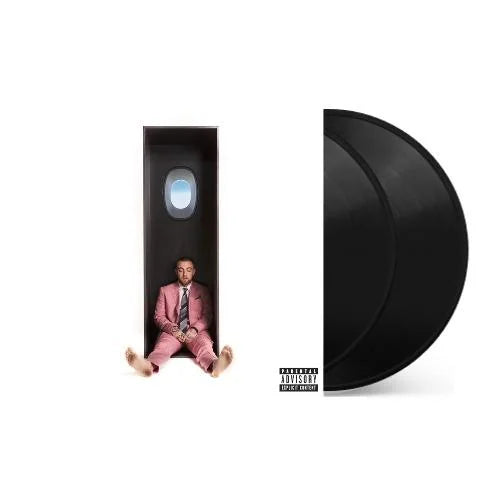

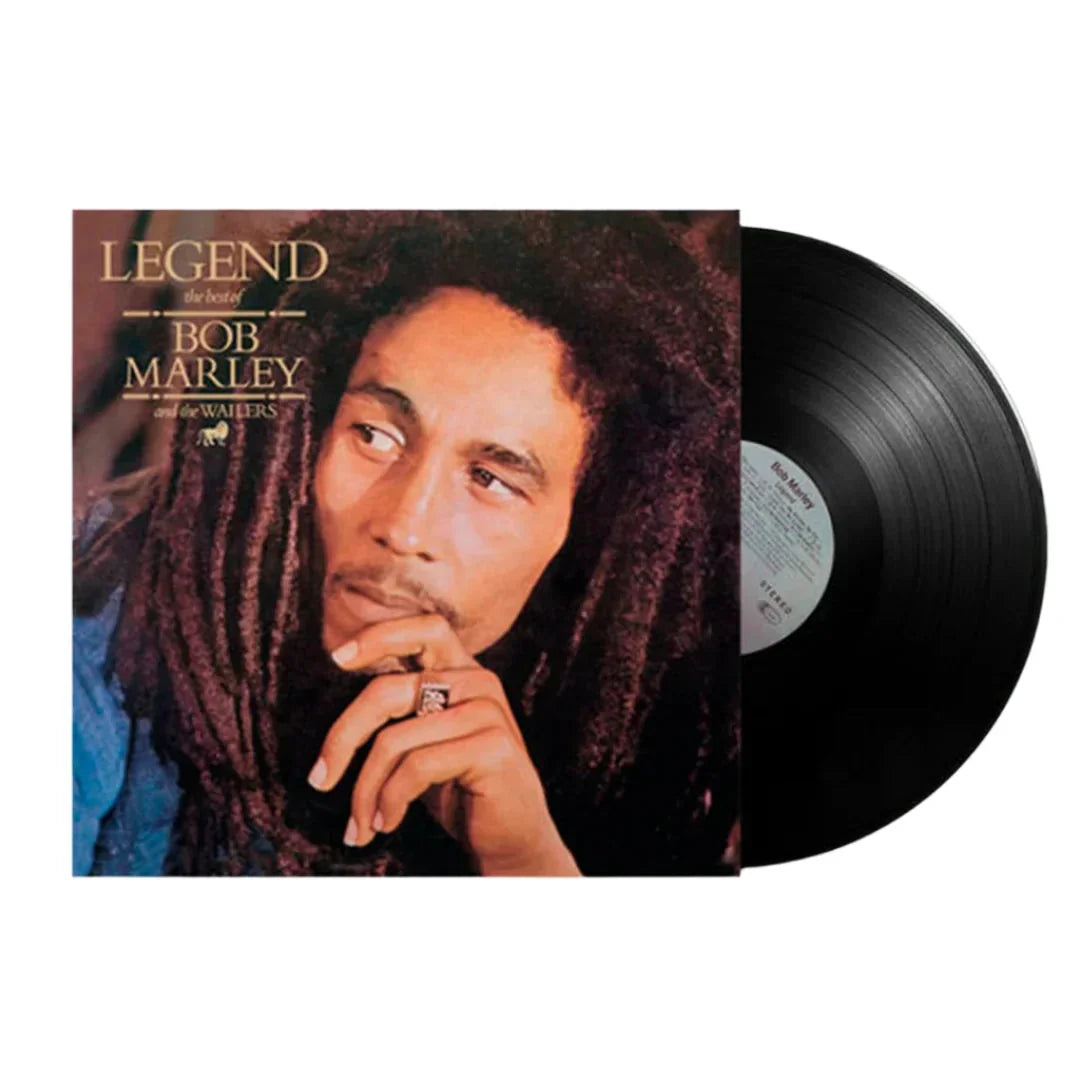
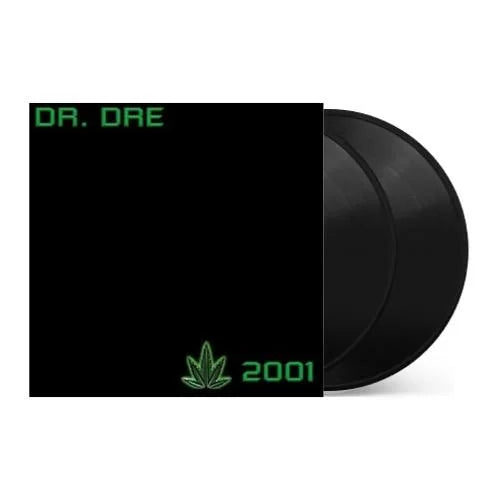



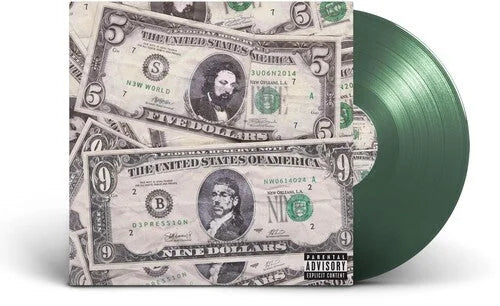

![$Uicideboy$ - Thy Kingdom Come [Clear]](http://vinyl.com/cdn/shop/files/4435583-3407920.jpg?v=1754460746&width=5760)
![(hed) p.e. - New And Improved [Pink]](http://vinyl.com/cdn/shop/files/4425252-3389420.jpg?v=1746578880&width=5760)




![The Grateful Dead - The Music Never Stopped [6LP Box Set]](http://vinyl.com/cdn/shop/files/The_Grateful_Dead-The_Music_Never_Stopped__6LP_Box_Set.jpg?v=1747729623&width=5760)
![Fleetwood Mac - Fleetwood Mac 1975 To 1987 [Clear 6LP Box Set]](http://vinyl.com/cdn/shop/files/2RHILP81833__61378.jpg?v=1743391443&width=5760)






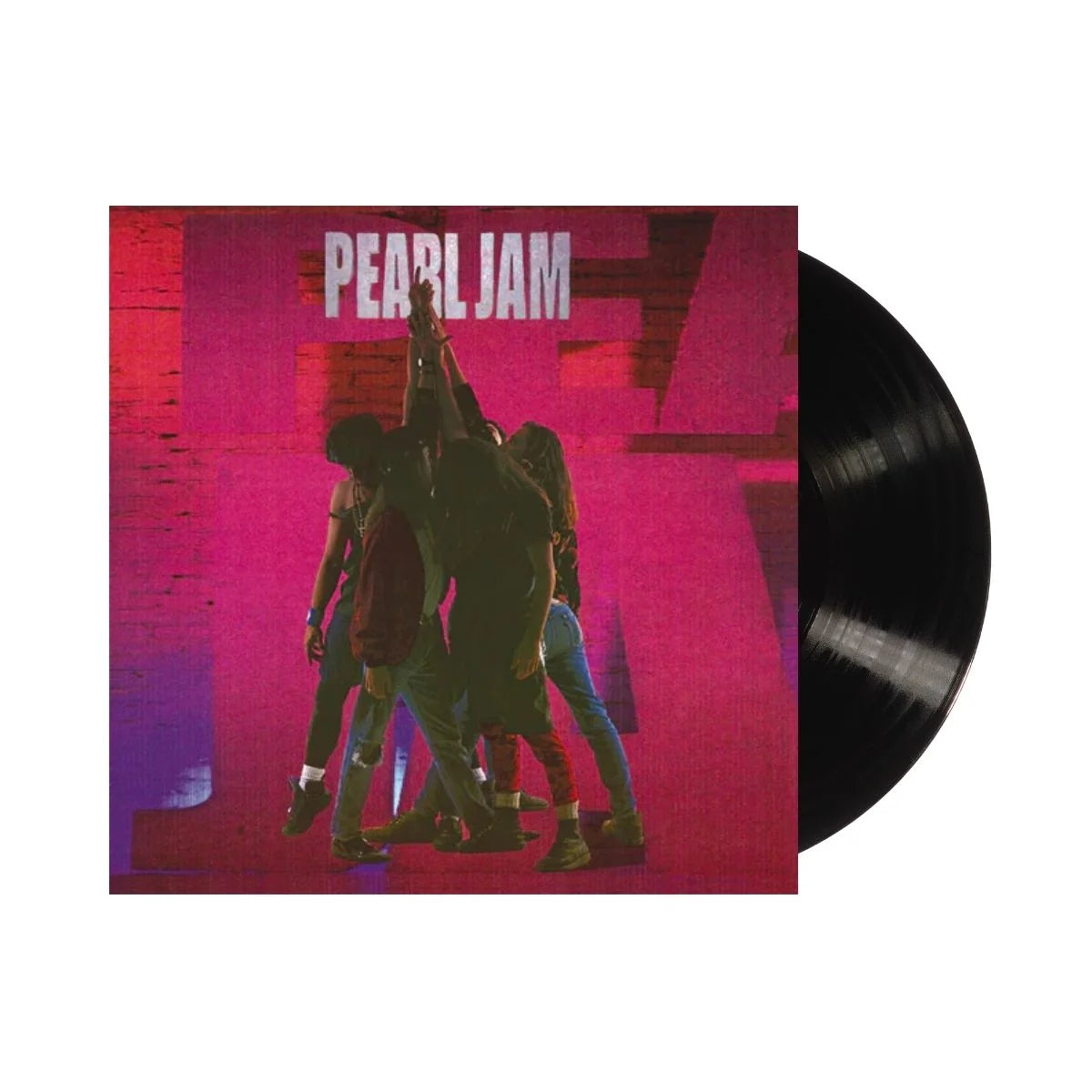

![Taylor Swift - 1989 (Taylor's Version) [2LP Crystal Skies Blue]](http://vinyl.com/cdn/shop/files/taylor_swift_1989_taylors_version.jpg?v=1734389117&width=5760)


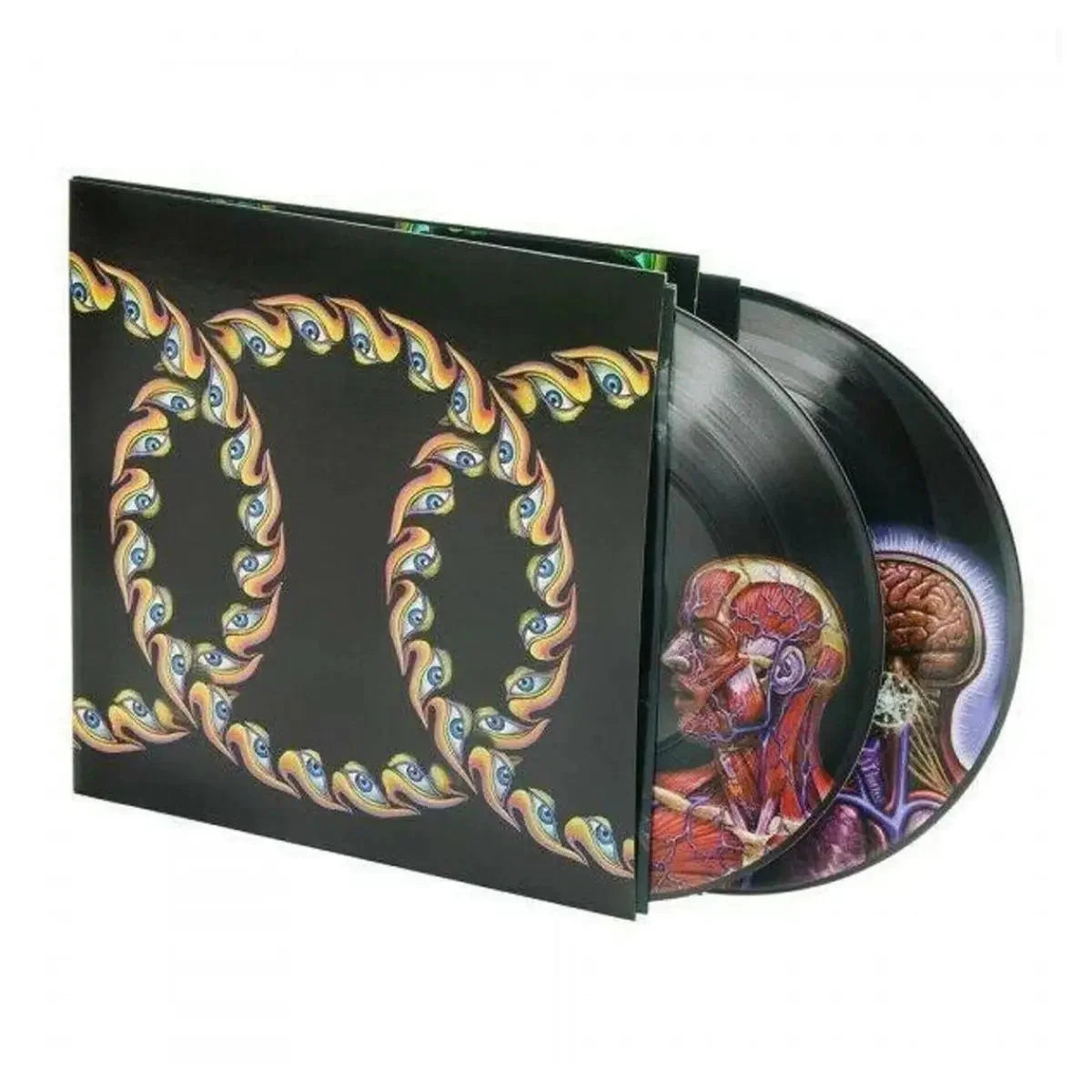












![Grace Jones - Nightclubbing [Gold]](http://vinyl.com/cdn/shop/files/4407705-3329230.jpg?v=1742429522&width=5760)

![Debbie Harry - KooKoo [2LP Clear]](http://vinyl.com/cdn/shop/files/4025259-2960387.jpg?v=1682465873&width=5760)
![Miles Davis - Kind of Blue [180-gram]](http://vinyl.com/cdn/shop/files/Y4LPMD03.webp?v=1742198237&width=5760)

![Various Artists - Once Upon A Time: The Tarantino Sound [Red 180-Gram]](http://vinyl.com/cdn/shop/files/4376720-3283530.jpg?v=1733870948&width=5760)
